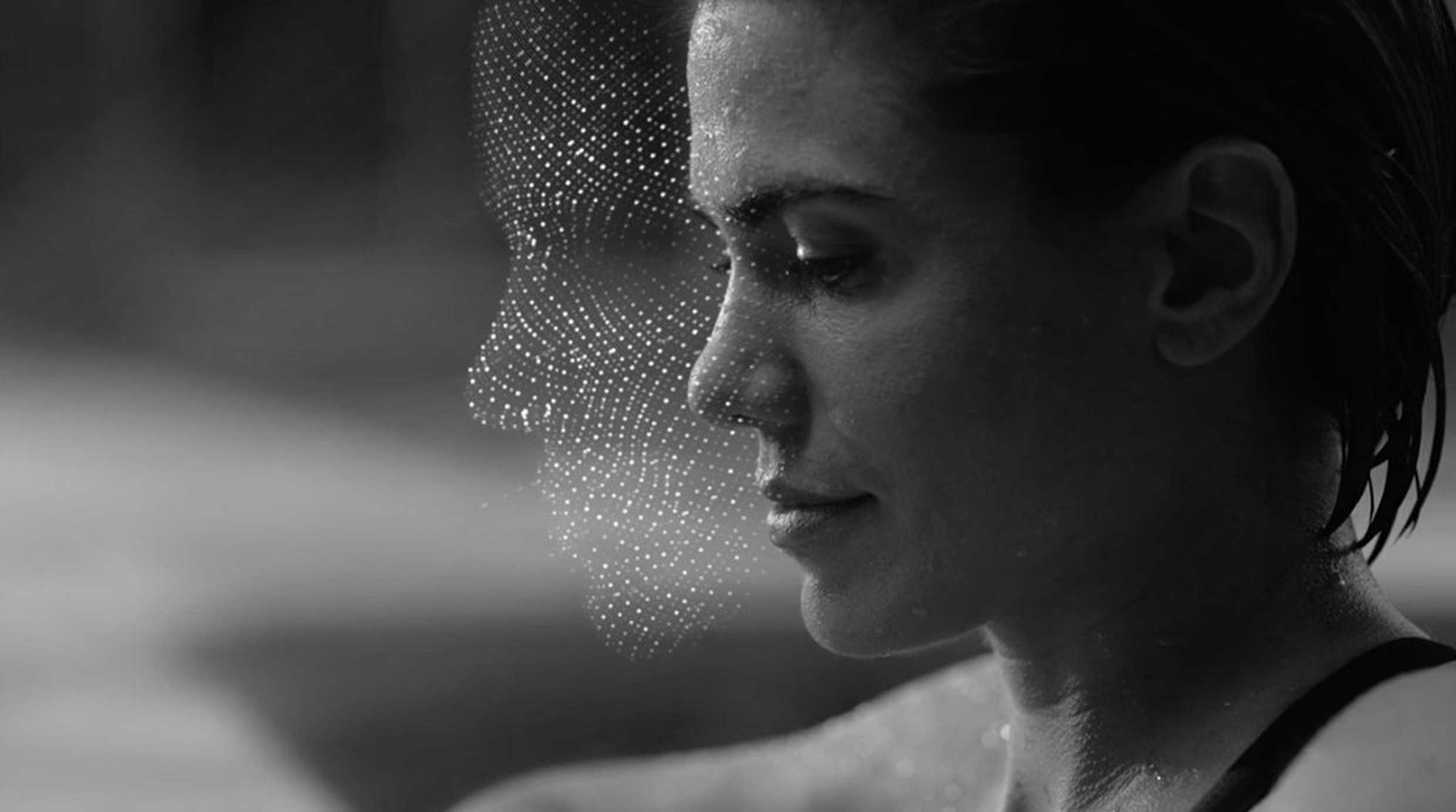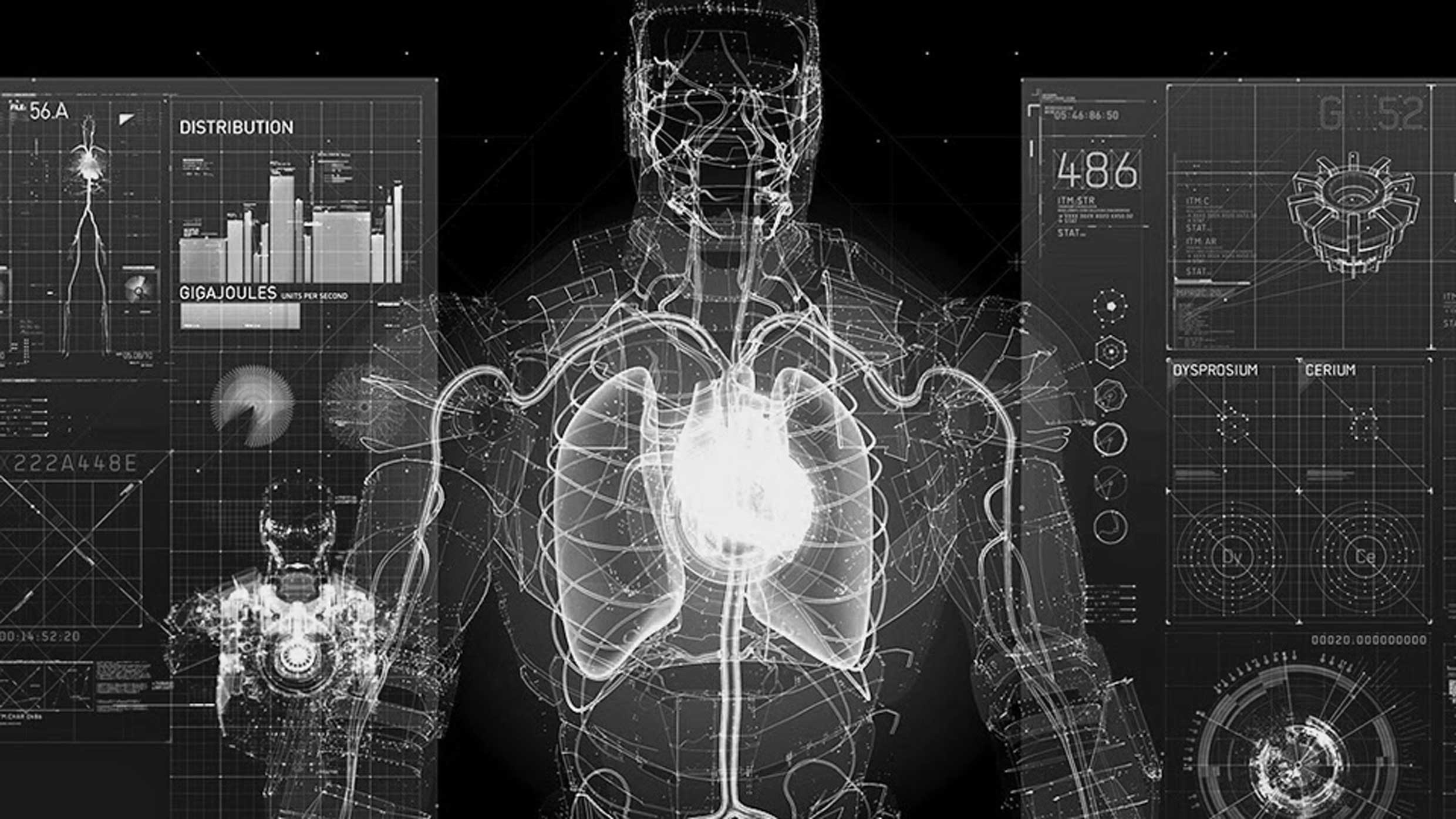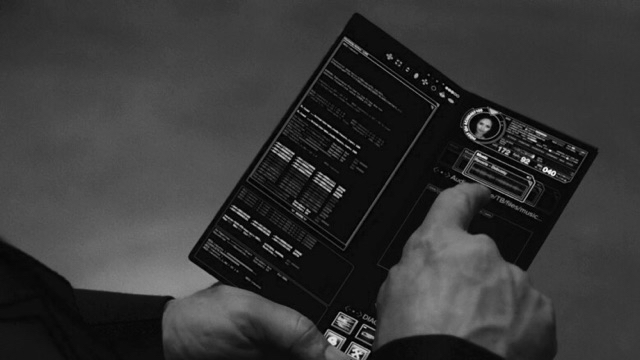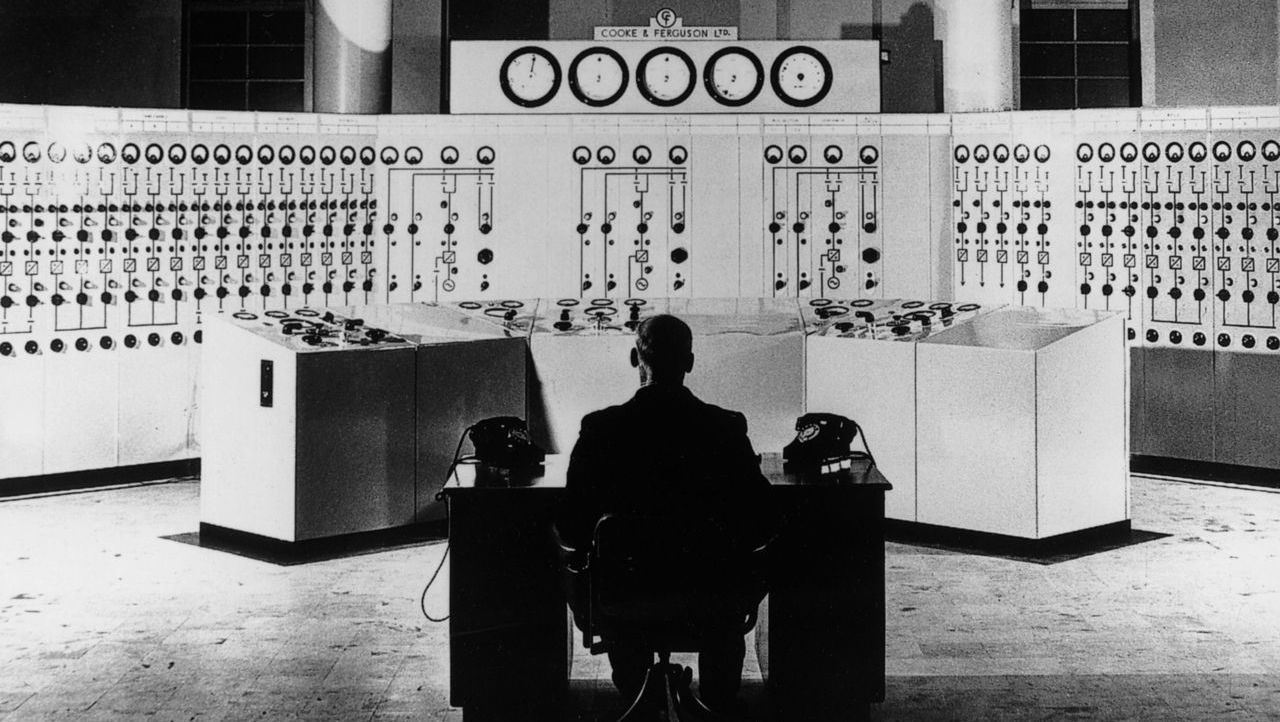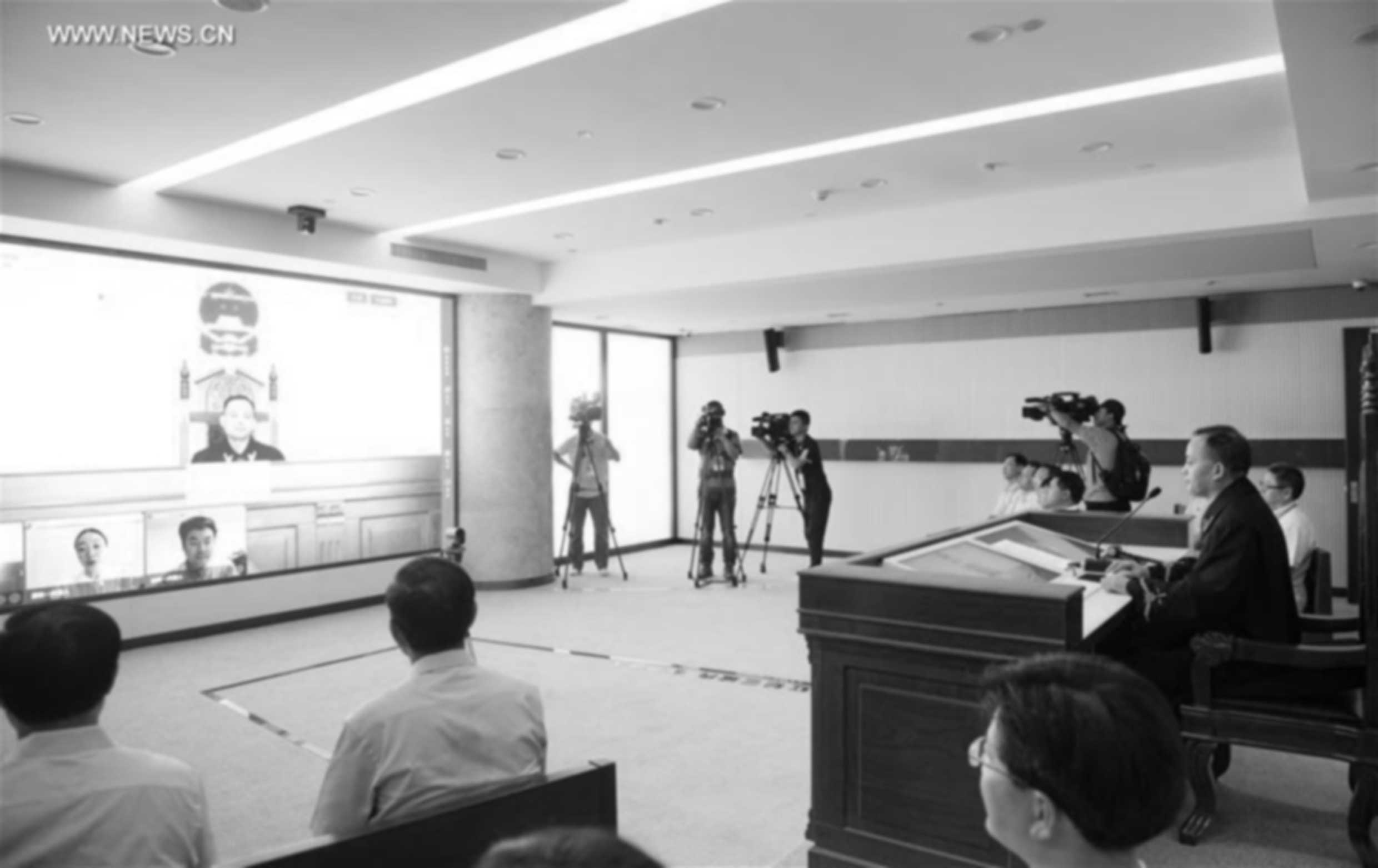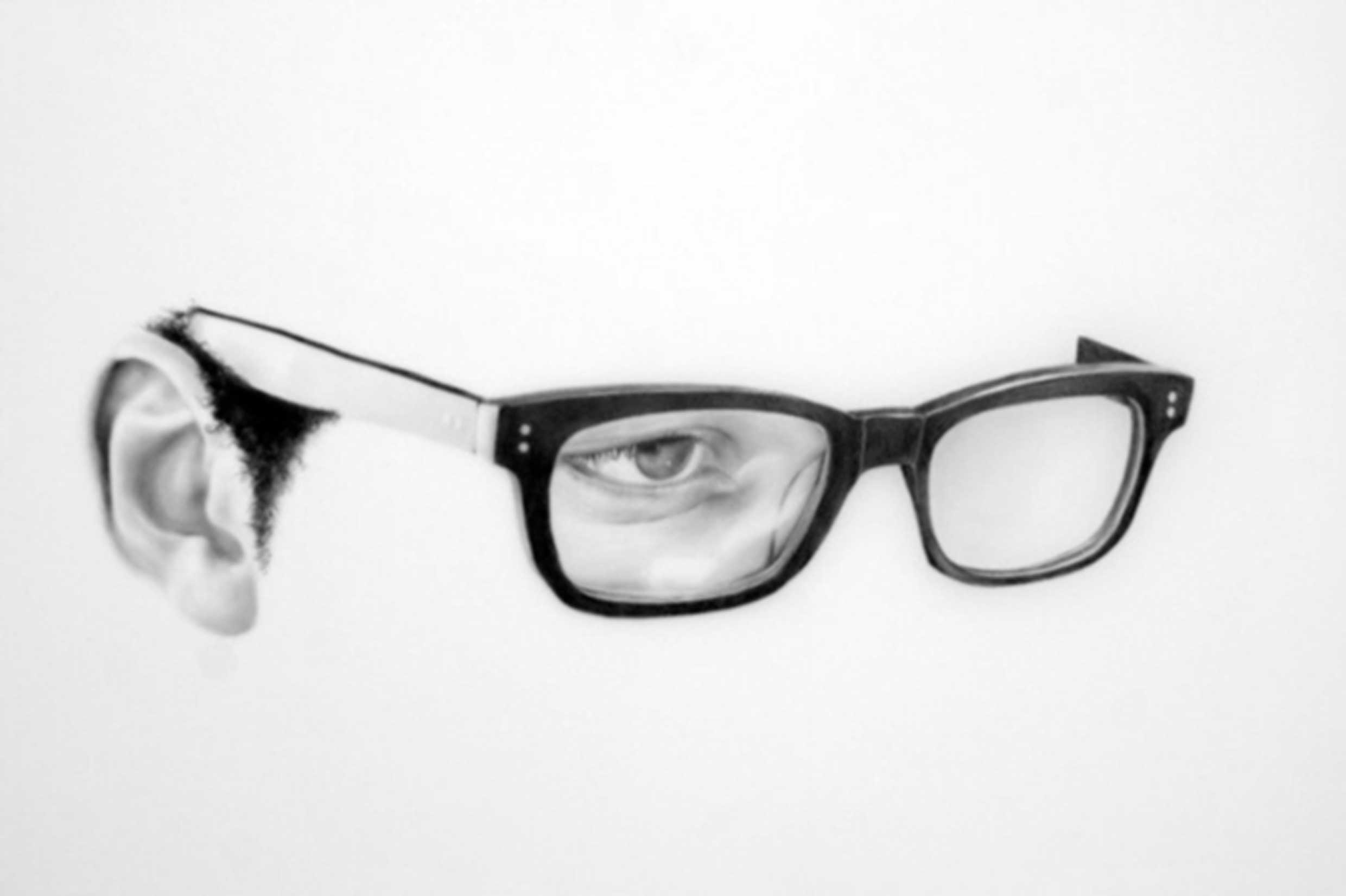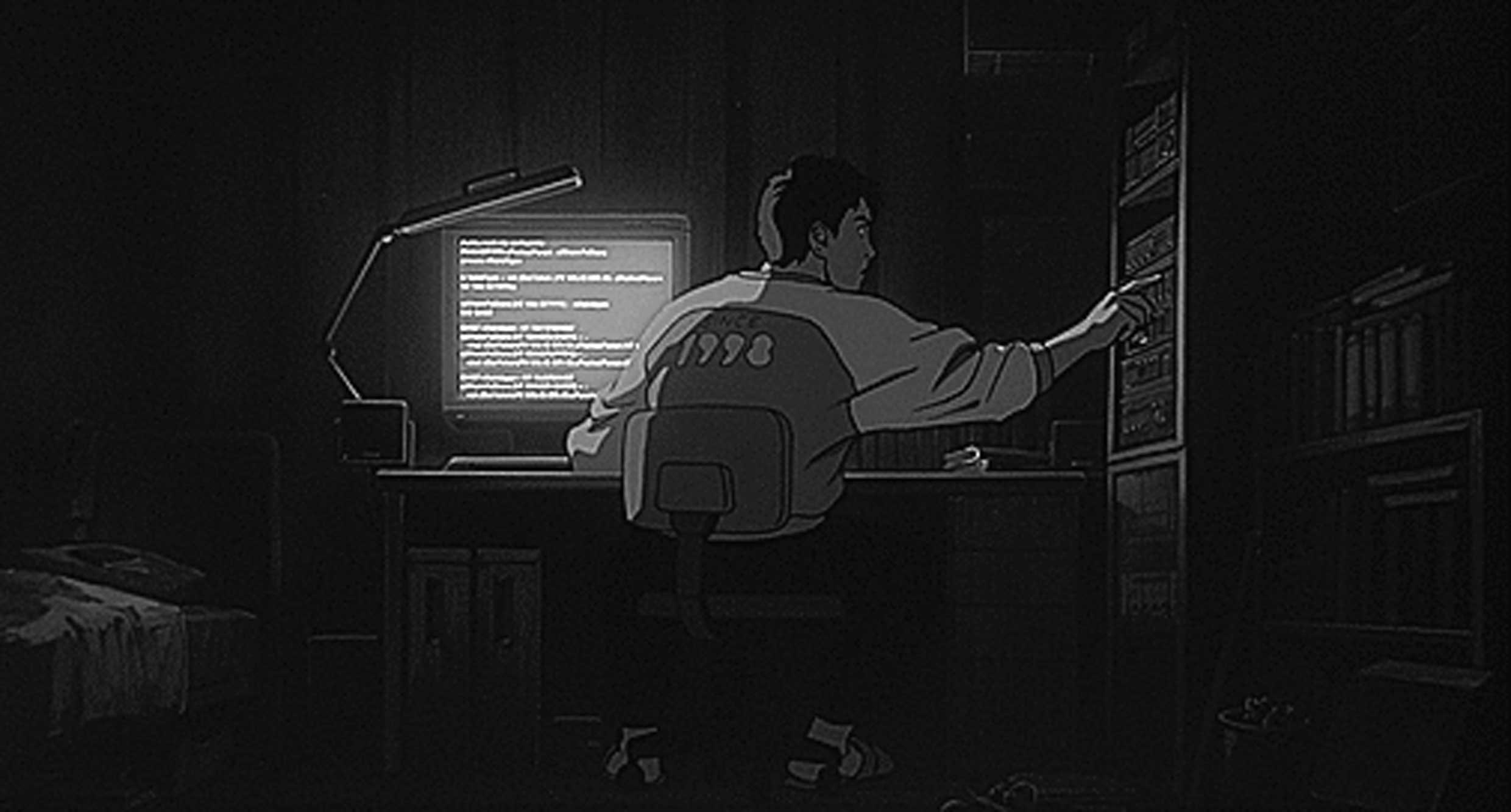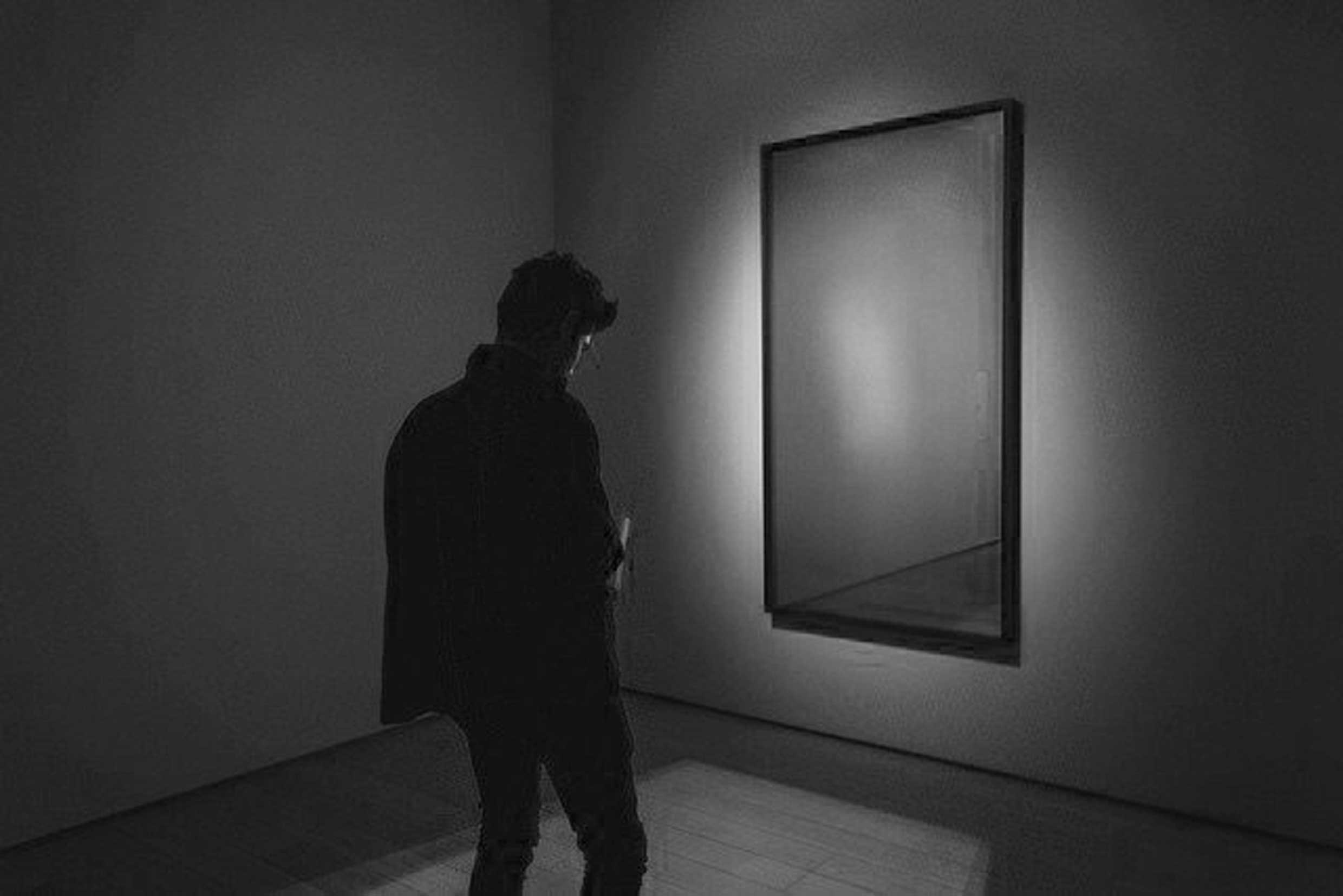It’s not hard to imagine the Earth before humans, but we struggle to imagine what the Earth looks like after humans. Eventually, our time here will come to an end, whether we leave Earth for interplanetary travel or drown ourselves in waste. Regardless, future civilizations will dig up our technofossils – the remains of society’s creation on this Earth – learning about the Technosphere we created.
Technofossils – Trash or Treasure?
Humans are a creating species. We create ideas which turn into things. And sometimes those things turn into huge hits among the rest of us. Try and imagine how many ballpoint pens have been created since their beginning in the late 1800s. How about disposable diapers?
Most of the things we’ve created in one way or another will end up in a landfill. However, due to stricter safety guidelines, landfills have essentially become tombs that lengthen the time it takes for things to decompose. As a result, most of our stuff will be solidified in a new geological layer before they have time to decompose. This new geological layer will contain our technofossils.
In other words, your trash may become the treasure which future archaeologists dig up to better understand us. Talk about a bizarre concept.
What’s astonishing, though, is the variety of technofossils. Some researchers believe we’ve created more unique types of technofossils than there are total biological species through Earth’s history!
That means that alien archaeologists one million years from now probably will be so distracted by how many interesting technofossils we’ve created, they won’t even reach deep enough to hit those dinosaur fossils.
Technofossils date from the clay pots created in ancient Egypt all the way to the 4th Generation iPhones that litter our landfills. Technofossils are more than things, though. They are the story of us.
Our Rich Technosphere
Technofossils is derived from the term Technosphere. Alongside the systems that have long inhabited our planet – the hydrosphere (water), atmosphere (air), lithosphere (earth), biosphere (organic life, like plants and animals) – the Technosphere is a system entirely created by humans.
Peter Haff defines the Technosphere as “our complex social structures together with the physical infrastructure and technological artifacts supporting energy, information and material flows…as diverse as power stations, transmission lines, roads and buildings, farms, plastics, tools, airplanes, ballpoint pens, and transistors.”
But, unlike the other spheres, the Technosphere is an extremely inefficient system. Whereas the biosphere is known to waste little to nothing – when a tree falls, it feeds other organisms and fertilizes the ground for another plant. The Technosphere wastes almost everything.
For this reason, the Technosphere is believed to be parasitic. Much like a tapeworm devours everything from the inside out, the Technosphere’s horrible inefficiency depletes resources that the other systems need to work, thus devouring the Earth.
But, that isn’t to say that the Technosphere can’t improve. The sharing economy is a great example of a healthy evolution since it encourages less “stuff” and less waste.
Of course, a perfect Technospheric system means eliminating ALL waste, leaving no technofossils behind. Which is a bummer for future archaeologists. But, it’s just trash anyways. They don’t really need to look through it.
In reality, the Technosphere can’t work symbiotically with other systems without your help.
Reduce and Reuse
There are enough people out there preaching the need to increase our recycling efforts. But, this only takes up one part of the creed to Reduce, Reuse, Recycle.
At the beginning of the movie Wall-E, we are given a great message (aside from an apocalyptic message of the effects of mass consumption). While Wall-E is compressing trash, he rummages through things and fills his home with perfectly usable items we considered trash.
Ryan told me he recently avoided buying a big plastic note card organizer by creating his own: “I found an old shoebox, a hot glue gun, and some cardboard and went to town. Not to mention, the organizer I created has so much more character than the one I would’ve bought on Amazon.”
The message is to be curious about how you can reuse items instead of instantly throwing them out. You’d be surprised at the variety of uses most things have. Reusing is also a form of reducing.
I’ve practiced minimalism for about 7 years. Contrary to popular belief, minimalism isn’t all about seeing how few items you can get by with. Minimalism is about reducing all areas of excess. Eliminating decision overload to focus on only the decisions that matter. Think of it as decluttering your entire lifestyle.
Small changes in your own lifestyle will resonate throughout our economic scales. We all play a large part in making the Technosphere a sustainable and mutualistic relationship with Nature. Let’s take a little more responsibility.
Thanks for reading this week’s Quick Theories! I hope you enjoyed learning a fancy new word for your trash. And as always, shoot me an email with your thoughts on the topic.


